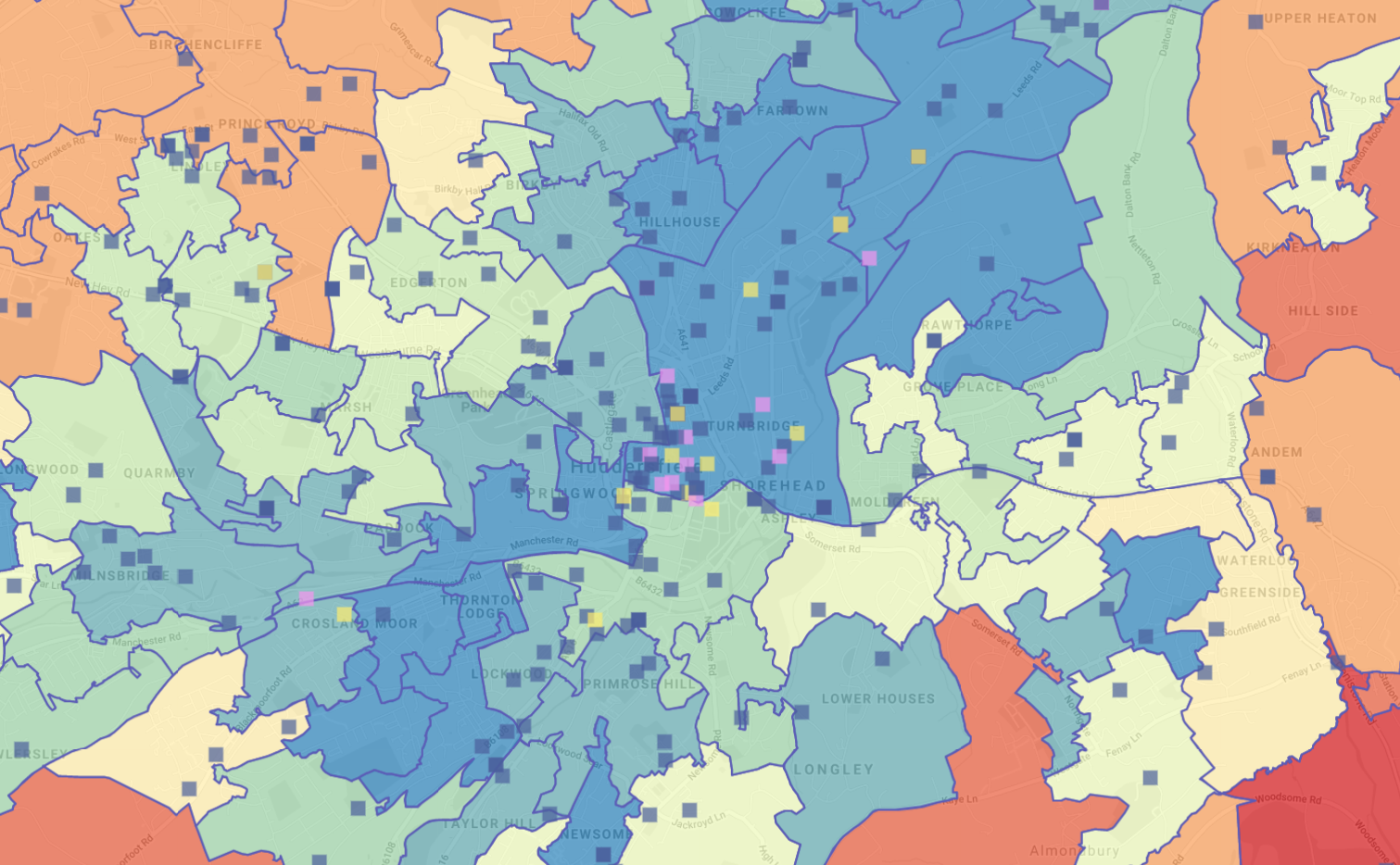If you read the financial reports of any major business, you will notice how many pages they now devote to detailing their ESG policies.
ESG stands for Environmental, Social and Governance and each company strives to demonstrate the steps they are taking to be responsible in each of these areas.
Major investors pay close attention to the ESG policies of the companies in which they invest hence the increasing focus of this topic by businesses.
But how do you measure the success of your ESG policies?
Environmental and social factors are rooted in location, therefore for any business to truly understand the impact they have they need to understand the geography behind these topics.
Location Intelligence is utilised by many businesses to demonstrate the steps they are taking to be environmentally and socially responsible. Periscope® from Newgrove helps our clients use Location Insight to monitor the success of their ESG policies.
Here are some examples of how they do it:
Understanding the supply chain
Many procurement teams will have access to vast arrays of information on their supply chain. They will know the terms of business, the credit risk, and the organisational structure of each of the companies with whom they trade.
However, do they know how important they are to the local economies in which they sit? Therefore, it is vitally important for businesses to map out the locations of all their suppliers and understand them in relation to the local economy. To be socially responsible they need to understand the significance of each supplier to their local communities. The map below shows business data in Huddersfield mapped against indices of multiple deprivation.
So how do you understand local economic impact?
Businesses can understand the nature of local economies by accessing key data such as Indices of Multiple Deprivation, Ethnicity, and the Education Levels of the workforce. All this date is available in Periscope®. Newgrove’s geospatial analysis tool. Data such as this allows our clients to understand the economic context of the suppliers with whom they work. In addition, the Workplace Classification dataset, which can also be accessed in Periscope®, is a simple and easy way to create a profile of the supplier base.
By knowing the location of suppliers, and using this kind of economic and demographic data, businesses can understand how important a role they play in each local economy. Decisions can then be made to match their social agenda. By relating the two one can also model change and assess the impact of business decisions on the economies of less economically advantaged areas.
Are there environmental risks in the supply network?
As well as understanding the social risk in the supply chain Periscope® can also help assess key environmental matters. By understanding the geography of suppliers, organisations can measure factors such as levels of environmental risk or potential environmental impact.
For example, by knowing the risk of extreme weather events in certain locations, organisations can focus on building contingency into their supply network. By putting data such as flood risk and logistics networks on the same map key risks can be identified.
Location Insight is key to the understanding of environmental and social impact
At Newgrove we believe for businesses to truly understand the impact of their ESG policies they need to harness the power of location intelligence today.
We’ve been at the forefront of location metrics for over two decades. We enable brands to make strategic, location-based decisions based on unique local demographics, environmental data, and customer insights.
To find out how Periscope® could help improve the way you manage your ESG programme or to request a free demonstration, please do not hesitate to contact us today.

